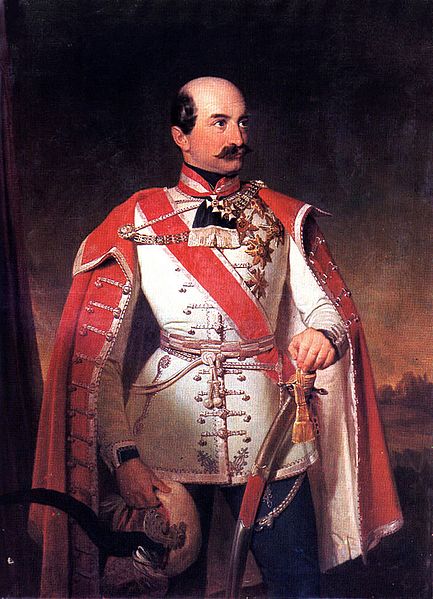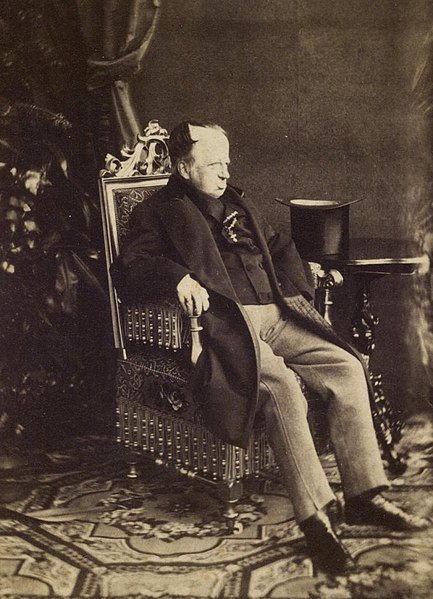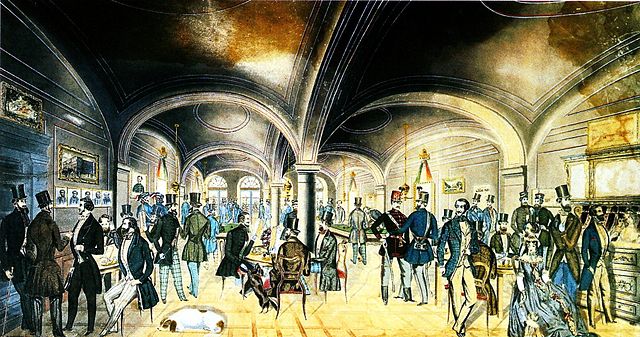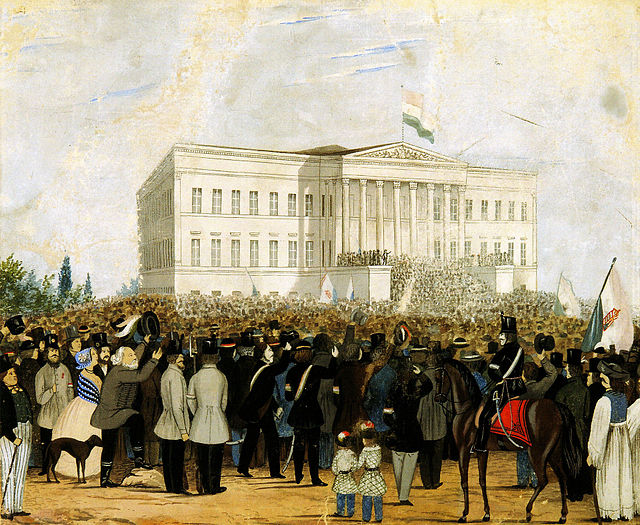The Battle of Pákozd was a battle in the Hungarian war of Independence of 1848–1849, fought on the 29 September 1848 in the Pákozd – Sukoró – Pátka triangle. It was the first and one of the most important major battles of the war of independence, in which the Hungarian revolutionary army led by Lieutenant-General János Móga stopped the troops of the Croatian Ban Josip Jelačić, who, in accordance with the Habsburg plans, was marching towards Pest to occupy it and chase out the Hungarian national government. After the battle Lieutenant General Josip Jelačić concluded an armistice with the Hungarians, but then retreated towards Vienna. Thanks to this victory Hungary repulsed the first attempt of the Habsburg empire to put down the autonomous Hungarian government, and to restore its full control over the country. The Battle of Pákozd is one of the most remembered battles in Hungarian history,
which was undoubtedly due to the fact that between 1951 and 1991 the anniversary of this battle was the day of the Hungarian Army.

Battle of Pákozd by Hermann Géza and Róbert Závodszky
Prime minister Lajos Batthyány
Lieutenant General Baron Josip Jelačić of Bužim, Ban of the Kingdom of Croatia and Commander of the Croatian Military Frontier
János_Móga
Hungarian Revolution of 1848
The Hungarian Revolution of 1848, also known in Hungary as Hungarian Revolution and War of Independence of 1848–1849 was one of many European Revolutions of 1848 and was closely linked to other revolutions of 1848 in the Habsburg areas. Although the revolution failed, it is one of the most significant events in Hungary's modern history, forming the cornerstone of modern Hungarian national identity—the anniversary of the Revolution's outbreak, 15 March, is one of Hungary's three national holidays.
Artist Mihály Zichy's painting of Sándor Petőfi reciting the National Song to a crowd on 15 March 1848
Photograph of the aged Emperor Ferdinand I dated c. 1870
The entrance room of the Pilvax coffee palace at Pest in the 1840s
The National Song being recited at the National Museum








